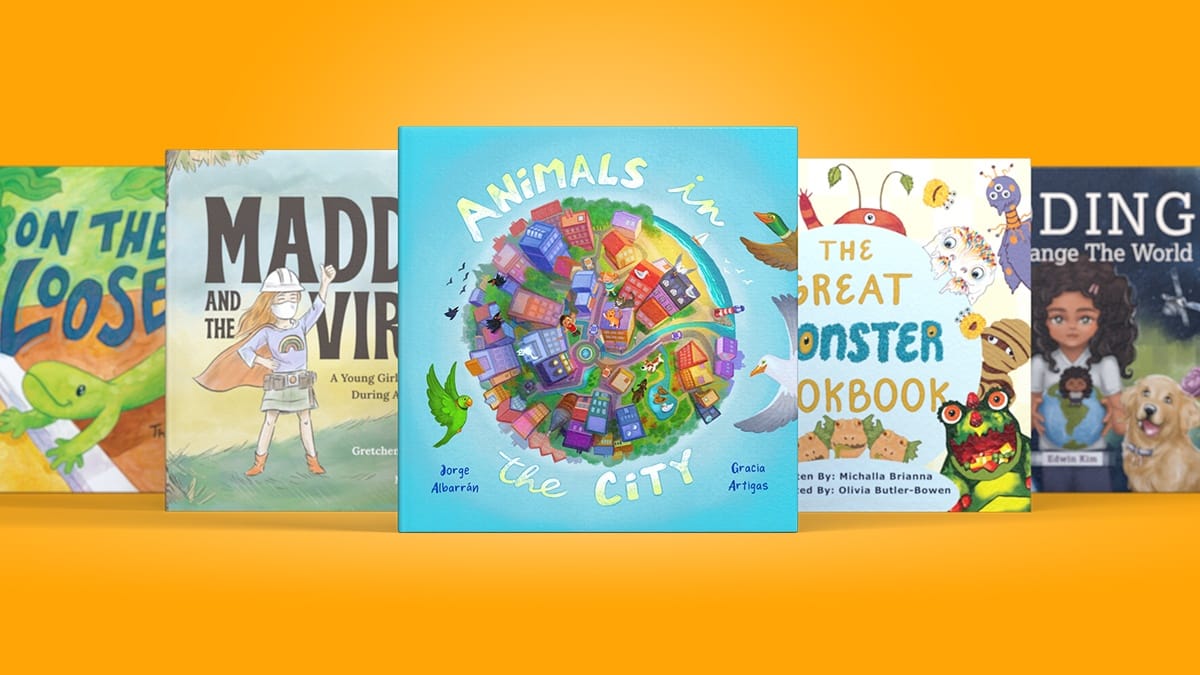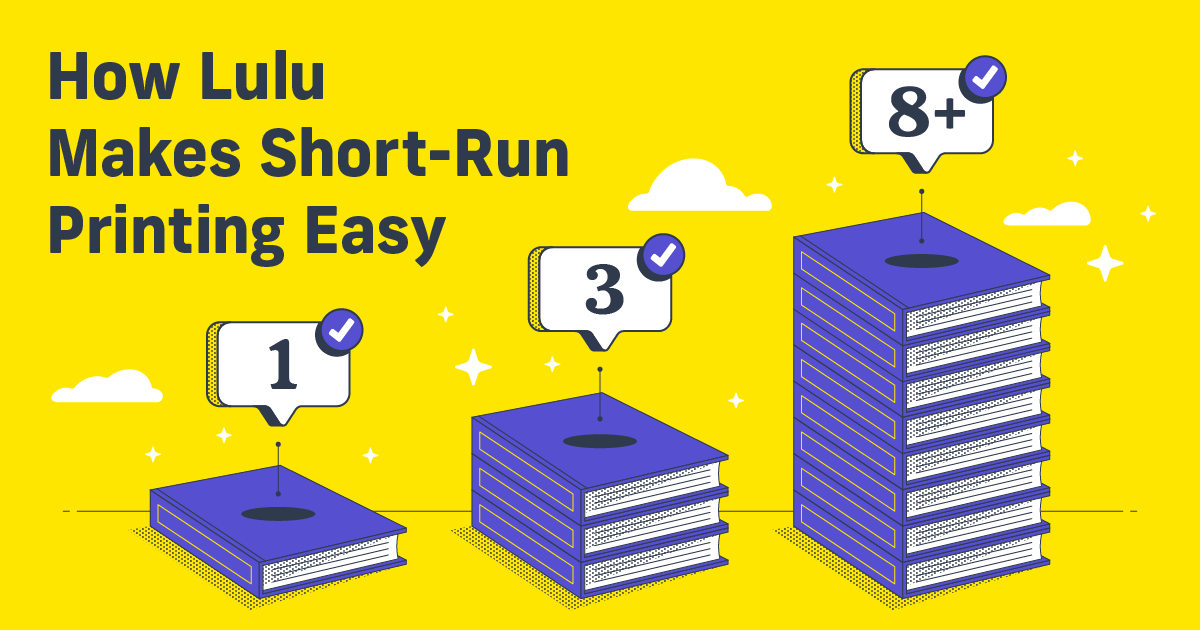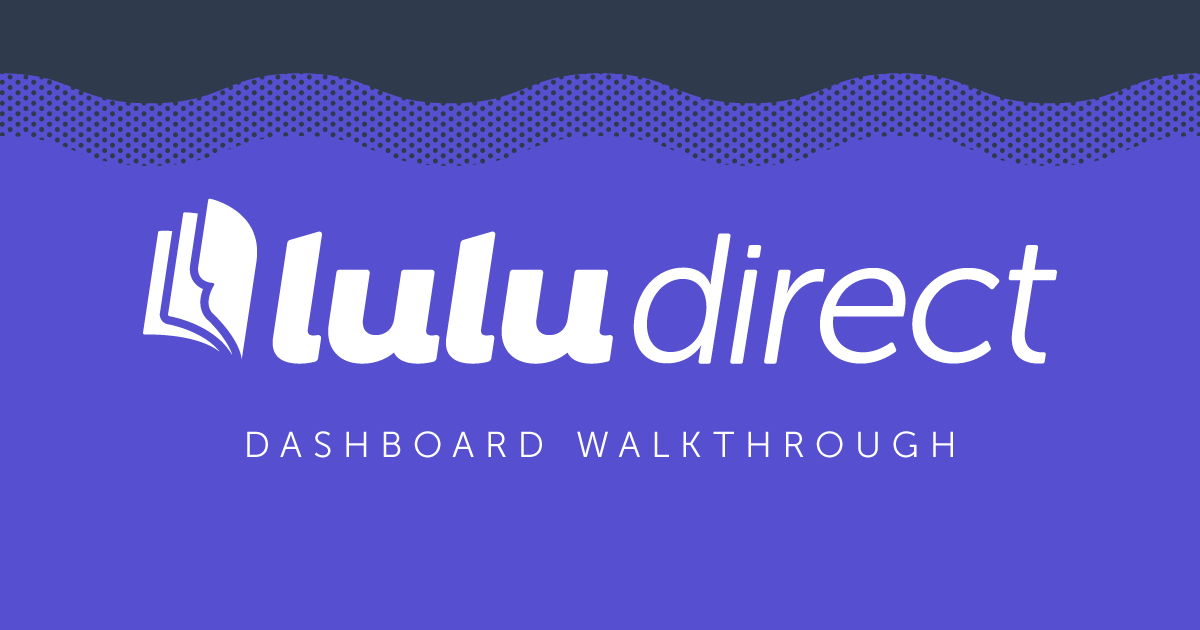How to Self-Publish a Children’s Book: Everything You Need to Know
Are you thinking about using your storytelling or illustrative talents to create a children’s book? If so, you’re in the right place! In this post, I’ll go over everything you need to know about publishing a children’s book. That includes how to make a book for kids, how much it costs to publish a children’s book, and whether publishing a children’s book is profitable.
What Is a Children’s Book?
Generally, anything intended to entertain or educate kids using illustrations and text fits the definition of a children’s book. To make your children’s book, you should start by thinking about your ideal audience.
It’s too simple to aim for a broad appeal to all kinds of kids. Focus on a topic: maybe you’ll tell a story that simplifies mathematics, explains how planes fly, or teaches kids empathy. The goal of your story extends to define your audience: if you’re writing a math book, your audience is children who are struggling with math.
When it comes to writing the book itself, it is time to get simple. Books for kids should be easy to understand and follow, with clear language and a compelling story. Avoid using complicated words or sentences. Your goal is to convey the story as simply as possible, with an emphasis on the illustrations.
Children’s books can be targeted to specific age groups, like ‘toddlers’ and young readers. Generally, children’s books are for younger children. As kids get older and better at reading, middle-grade books feature more text, and storytelling elements are more appropriate. A middle-grade book will focus on helping older children hone their reading skills and build reading habits. Beyond middle grade, young adult stories are chapter books or novels targeted at teens.
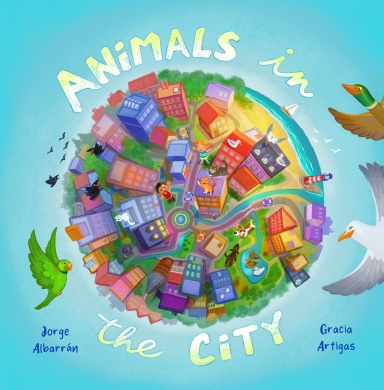
To help make writing and publishing your picture book easier, here are three story elements to pay extra attention to when writing a children’s story;
- Characters
- Education
- Design
Characters
Weak characters will ruin any story, but for early readers, you need characters who elicit a strong and immediate emotional reaction. If your target audience (the kids reading or being read your book) doesn’t connect with the character immediately, they won’t stay interested in the story.
As you create your story, be conscious of how you handle your characters. If you don’t spark your readers’ interest and build a connection between your readers and your characters, your story will fall flat.
And because your story won’t have the length or depth of a novel, the connection must be made quickly. I recommend studying the most popular children’s books with an eye for the author’s character development.
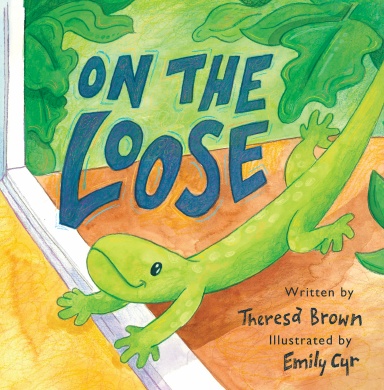
Education
For a children’s book, that goal is almost always education in some fashion. You’ll be hard-pressed to find a children’s book anywhere that doesn’t teach a lesson, whether moral or academic.
That doesn’t mean you can’t be entertaining too. The best children’s books do both! Make your story so much fun, that they won’t even realize they’re learning while reading it.
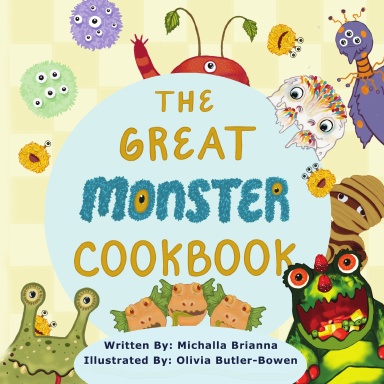
Design
Children’s books put the illustrations first. To make the story compelling, the text and the artwork must work together.
Think about how the book will be read—is your children’s book aimed at kids who will read themselves? The text will need to be slightly bigger and you’ll need to pay added attention to the complexity of your words and sentences.
Or are you aiming at a younger audience who will be read to by parents or teachers? Now you should make the text comfortable for an adult to read and place it so it’s not obstructing the image at all—parents need to be able to easily show their kids your illustrations!
You need to make the illustrations informative and clear, coupled with easy-to-follow text. If you’re an artist, you may be able to create your own illustrations. If not, you may want to consider hiring an illustrator to help bring your vision to life.
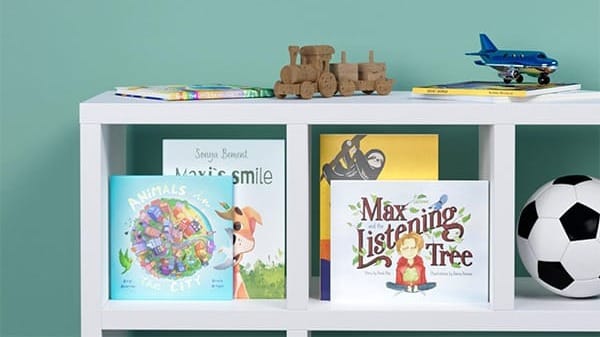
Create Your Own Children's Book
Spark imagination by self-publishing a children's book. Use Lulu's free self-publishing or printing services to create a story book, picture book, chapter book, or make any kind of book for kids.
Self-Publishing Your Children’s Book
Self-publishing is a great option because you can control all aspects of the project and use print-on-demand to keep overhead low. You can self-publish your children’s book for free using a site like Lulu and retain all royalties for copies sold, unlike many of its competitors.
The other side of this is the associated costs of preparing your children’s book. Hiring an Illustrator can be very expensive. Page layout and editing add more costs.
Don’t let that stop you though. There are some great resources out there. The Society of Children’s Book Writers and Illustrators is a great place to learn more about creating children’s books and even offers an Illustrator’s Gallery to help find an illustrator for your book. The Children’s Book Council offers more in the area of promotional assistance, but they also have a great FAQ Section for aspiring children’s book authors.
Print-on-Demand for Your Children’s Book
And modern self-publishing platforms make it easier to publish a children’s book on your own. Once you’ve written the book, created the illustrations, and organized your pages you only need to upload your book’s files and start selling!
As you’re preparing your children’s book for publishing, be sure to use any available templates or sizing guides. Sites like Lulu make it free to upload and self-publish your book to sell, but it will still be on you to design and prepare your children’s book for printing!

Your Free Lulu Account
Create a Lulu Account today to print and publish your book for readers all around the world
Selling Your Children’s Book
Like any self-published book, selling your children’s book will be most successful if you have an established audience. That can be challenging; you need established connections with schools or kids groups or a captive audience (such as a social or email following).
More than any other kind of author, children’s book creators rely on in-person events. Finding a local bookstore that will host you allows you to read your entire book. If the kids in the crowd love it, there’s a very good chance they’ll be going home with a copy.
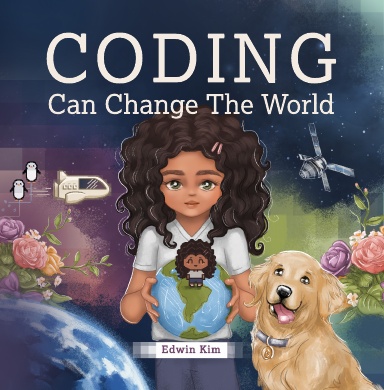
You can foster online relationships too. Look for communities of parents or teachers and look to build an audience there. Offering free extras on your website (maybe with a URL or QR code in the printed book) will help your customers find your site and potentially join your mailing list.
Using Lulu to self-publish your books also gives you the advantage of selling your children’s books directly on your own website with Lulu Direct.
Self-Publishing Your Children’s Book
Can it be tough to self-publish a children’s book? Yes, it’s going to take some work. But it’s also a rewarding experience that allows you to help teach kids valuable lessons.
Remember to keep your audience in mind, focus on simplicity and clarity in your writing, and invest in high-quality illustrations and design. Pair those with a high-quality printer that ships internationally like Lulu, and you’ll be a published author in no time!

